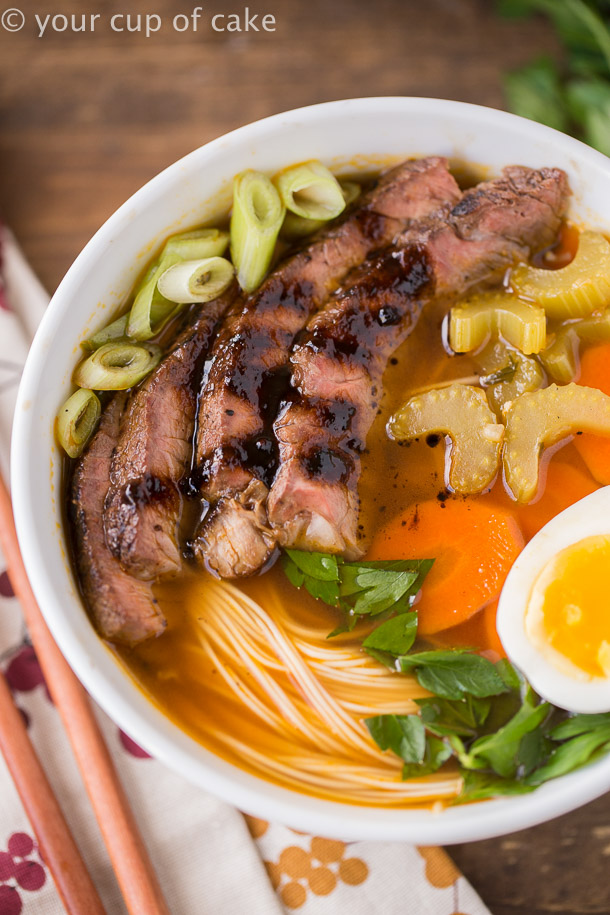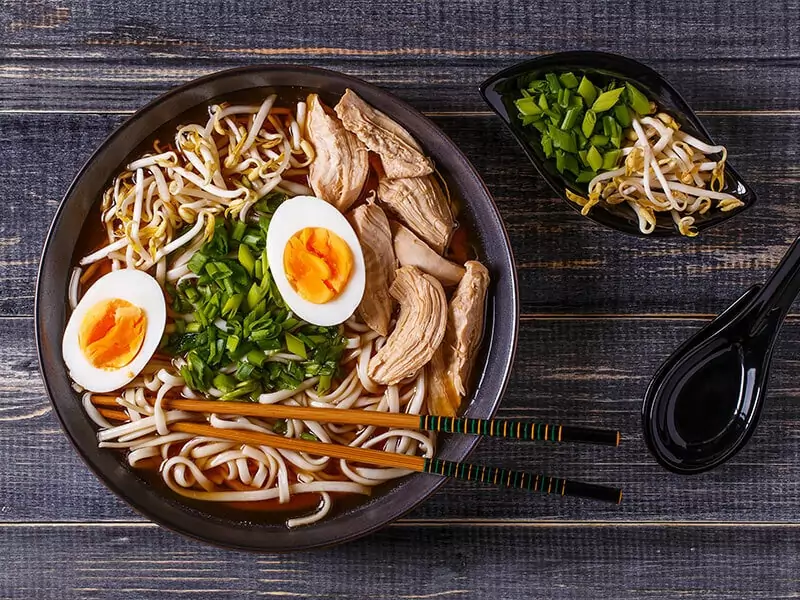Japanese noodles are a beloved staple in Asian cuisine, offering a variety of flavors and textures that satisfy every palate. From the hearty ramen to the delicate soba, these noodles have become a global phenomenon, captivating food enthusiasts worldwide. In this article, we will delve into the rich history, diverse types, and cultural significance of Japanese noodles, providing insights and tips for those eager to explore this culinary treasure.
Whether you're a long-time fan of Japanese cuisine or a newcomer eager to discover its delights, understanding the nuances of Japanese noodles can enhance your dining experience. The versatility of these noodles makes them suitable for various dishes, from hot soups during chilly winters to refreshing cold salads in the summer. This article aims to guide you through the fascinating world of Japanese noodles, offering valuable information and inspiration.
By exploring the history, preparation methods, and cultural importance of Japanese noodles, we aim to provide a comprehensive resource for food lovers. Our goal is to help you appreciate the artistry and craftsmanship behind these culinary creations while equipping you with knowledge to enhance your cooking skills. So, let's embark on this delicious journey together!
Read also:Discovering Chelsea Kilgore A Rising Star In The Digital World
What Makes Japanese Noodle So Special?
Japanese noodles are more than just a food item; they are a reflection of Japan's rich cultural heritage and culinary traditions. The uniqueness of Japanese noodles lies in their diverse varieties, each with distinct flavors, textures, and preparation methods. For instance, ramen is known for its rich broth and chewy noodles, while udon offers a thicker, more robust texture perfect for heartier dishes.
The preparation of Japanese noodles often involves traditional techniques passed down through generations, ensuring authenticity and quality. Ingredients such as wheat flour, buckwheat, and even yamaimo (mountain yam) are used to create noodles that cater to different tastes and dietary preferences. This attention to detail and commitment to quality is what makes Japanese noodles stand out in the global culinary scene.
How Are Japanese Noodle Prepared?
The preparation of Japanese noodles varies depending on the type of noodle and the dish it's intended for. For example, soba noodles are typically made from buckwheat flour and require careful kneading and rolling to achieve the desired texture. On the other hand, udon noodles are made from wheat flour and water, resulting in a thicker, chewier noodle that's perfect for soups and stir-fries.
Cooking Japanese noodles involves precise timing and technique to ensure they are neither undercooked nor overcooked. Most recipes recommend boiling the noodles in salted water and then rinsing them under cold water to stop the cooking process. This method preserves the texture and flavor of the noodles, making them a delightful addition to any dish.
Why Should You Try Japanese Noodle?
- Rich in flavor and variety
- Offers health benefits with whole grain options
- Versatile in cooking methods and recipes
Tasting Japanese noodles is an experience that offers a delightful blend of flavors and textures. Whether you prefer the earthy taste of soba or the creamy richness of udon, there's something for everyone. Moreover, many Japanese noodles are made from whole grains, providing essential nutrients and health benefits. This versatility makes Japanese noodles a staple in both traditional and modern cuisine.
Is Japanese Noodle Healthy?
Japanese noodles can be a healthy addition to your diet, especially when made from whole grains like buckwheat or soba. These noodles are rich in fiber, protein, and essential nutrients, making them a nutritious choice for those seeking a balanced diet. However, it's important to consider the preparation method and accompanying ingredients, as excessive oil or salt can diminish the health benefits.
Read also:Trippie Redd Net Worth 2024 A Comprehensive Look At The Rappers Wealth And Success
Where Can You Find Authentic Japanese Noodle?
Authentic Japanese noodles can be found in specialty stores, Asian markets, and even some mainstream grocery chains. Look for brands that emphasize traditional methods and high-quality ingredients to ensure an authentic taste. Additionally, many online retailers offer a wide selection of Japanese noodles, making it convenient for home cooks to experiment with different varieties.
What Are the Different Types of Japanese Noodle?
Japanese cuisine offers a variety of noodles, each with its own unique characteristics:
- Ramen: Known for its rich broth and chewy noodles, ramen is a popular choice worldwide.
- Soba: Made from buckwheat, soba noodles offer a nutty flavor and delicate texture.
- Udon: Thick and chewy, udon noodles are perfect for heartier dishes and soups.
Can Japanese Noodle Be Used in International Cuisine?
Absolutely! Japanese noodles have found their way into international cuisine, inspiring chefs worldwide to incorporate them into diverse dishes. From pasta salads with soba noodles to ramen-inspired bowls in Western restaurants, the adaptability of Japanese noodles knows no bounds. This global acceptance highlights the versatility and universal appeal of Japanese noodles.
How to Cook Perfect Japanese Noodle at Home?
Cooking Japanese noodles at home is a rewarding experience that requires attention to detail. Follow these steps for perfect results:
- Boil water in a large pot and add a pinch of salt.
- Add the noodles and cook according to package instructions.
- Rinse the cooked noodles under cold water to stop the cooking process.
- Drain and serve with your choice of sauce or broth.
What Are the Cultural Significance of Japanese Noodle?
In Japan, noodles hold a special place in cultural traditions and celebrations. For instance, soba noodles are often eaten on New Year's Eve as a symbol of longevity and good fortune. Similarly, udon noodles are a popular choice during festivals and special occasions. This cultural significance adds depth to the culinary experience, making Japanese noodles more than just a food item but a reflection of Japan's rich heritage.
Conclusion: Embrace the Art of Japanese Noodle
Japanese noodles offer a world of flavors and textures that cater to every palate. By understanding their history, preparation methods, and cultural significance, we can appreciate the artistry behind these culinary creations. Whether you're cooking at home or dining out, embracing the art of Japanese noodles can enhance your culinary journey, providing endless possibilities and delights.
Table of Contents
- What Makes Japanese Noodle So Special?
- How Are Japanese Noodle Prepared?
- Why Should You Try Japanese Noodle?
- Is Japanese Noodle Healthy?
- Where Can You Find Authentic Japanese Noodle?
- What Are the Different Types of Japanese Noodle?
- Can Japanese Noodle Be Used in International Cuisine?
- How to Cook Perfect Japanese Noodle at Home?
- What Are the Cultural Significance of Japanese Noodle?
- Conclusion: Embrace the Art of Japanese Noodle


